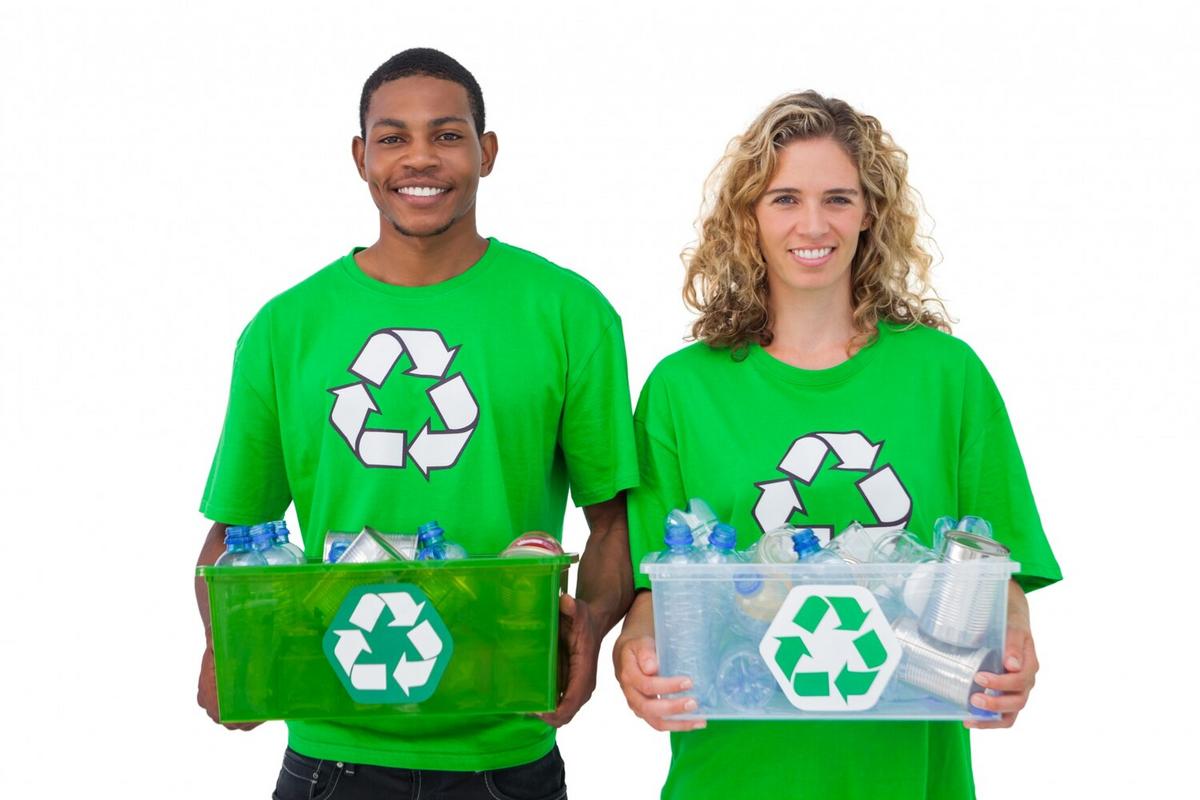
Circular Economy: Reducing Waste for a Sustainable Future
Imagine a world where waste is not just minimized but effectively transformed into valuable resources, promoting economic growth while safeguarding our planet. This is the essence of the circular economy, a revolutionary approach to sustainability that aims to redesign our traditional linear model of ‘take, make, dispose’ into a regenerative cycle.
Understanding the Circular Economy
The circular economy is a systemic shift that builds long-term resilience, generates business and economic opportunities, and provides environmental and societal benefits. According to the Ellen MacArthur Foundation, this model emphasizes designing out waste and pollution, keeping products and materials in use, and regenerating natural systems.
Expert Insights
Environmental analyst David Katz highlights that “the circular economy not only reduces the need for new resources but also creates jobs and supports green innovation.” This perspective is supported by research from the World Economic Forum, which estimates that transitioning to a circular economy could generate $4.5 trillion in economic benefits by 2030.
Real-World Examples
Consider the city of Amsterdam, which has adopted circular economy principles to transform its waste management systems. By focusing on recycling and reuse, the city has reduced waste by 50% over the past decade. Similarly, a global furniture retailer has committed to using only renewable and recycled materials in its products by 2030, demonstrating how businesses can lead the way in circular practices.
Actionable Tips for Individuals
- Embrace recycling and composting at home to minimize waste.
- Support companies with sustainable practices and circular economy initiatives.
- Consider buying second-hand or refurbished products to keep materials in use longer.
- Engage in local community programs focused on sustainability and waste reduction.
A Practical Comparison Table
| Linear Economy | Circular Economy |
|---|---|
| Resource Extraction | Resource Regeneration |
| Production | Design for Reuse |
| Distribution | Distribution |
| Consumption | Consumption |
| Waste Disposal | Material Recovery |
| Environmental Degradation | Environmental Restoration |
| Finite Resource Use | Renewable Resource Use |
| Economic Loss | Economic Value Retention |
Frequently Asked Questions
What is the circular economy?
The circular economy is an economic system aimed at eliminating waste and the continual use of resources through principles like reuse, repair, refurbishment, and recycling.
How does the circular economy benefit the environment?
By reducing waste, lowering emissions, and conserving resources, the circular economy helps protect the environment and promote biodiversity.
Can businesses profit from a circular economy?
Yes, businesses can benefit financially by reducing costs, innovating new products, and tapping into new markets focused on sustainability.
In summary, the circular economy represents a transformative shift towards sustainable development by rethinking how we produce and consume goods. By embracing these principles, we can reduce waste, conserve resources, and foster economic growth. Let’s take action today by supporting sustainable practices and advocating for a more circular future.


